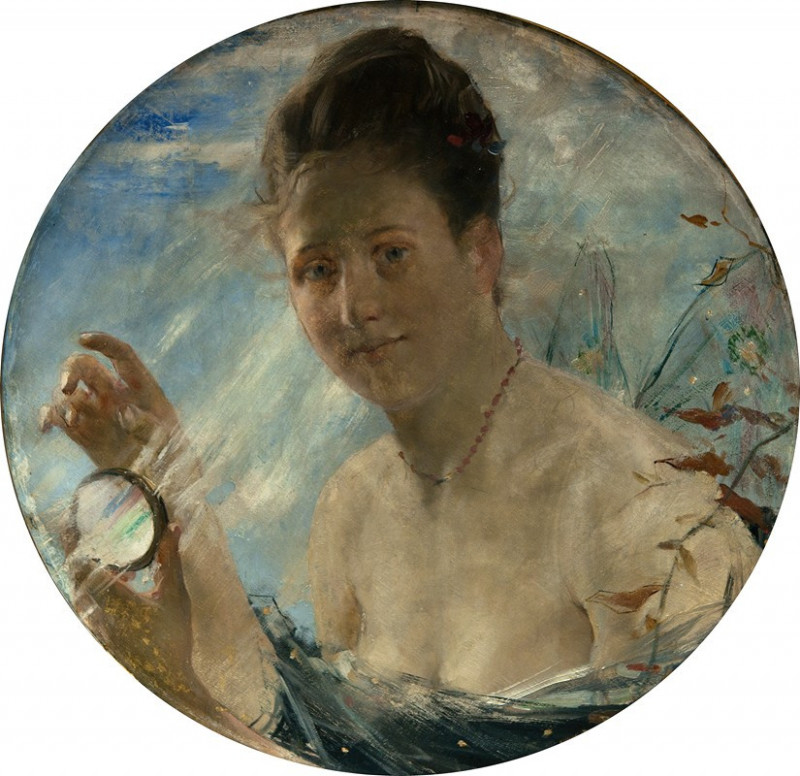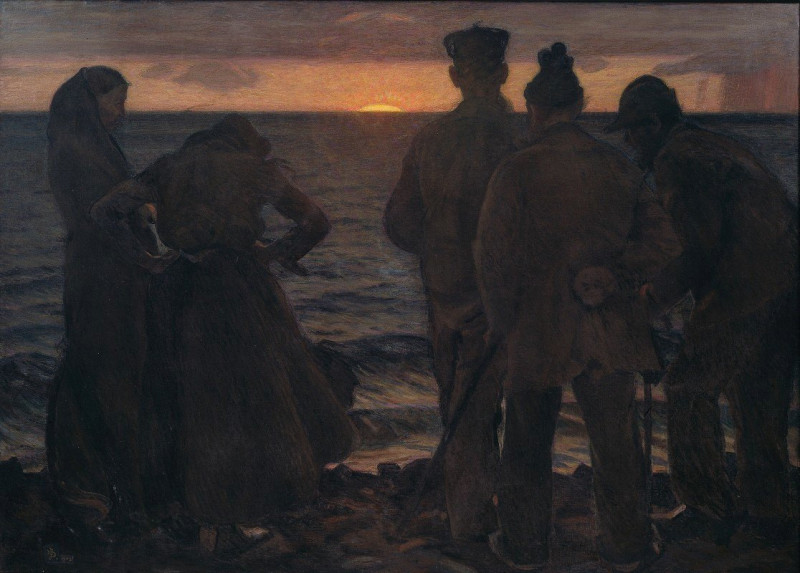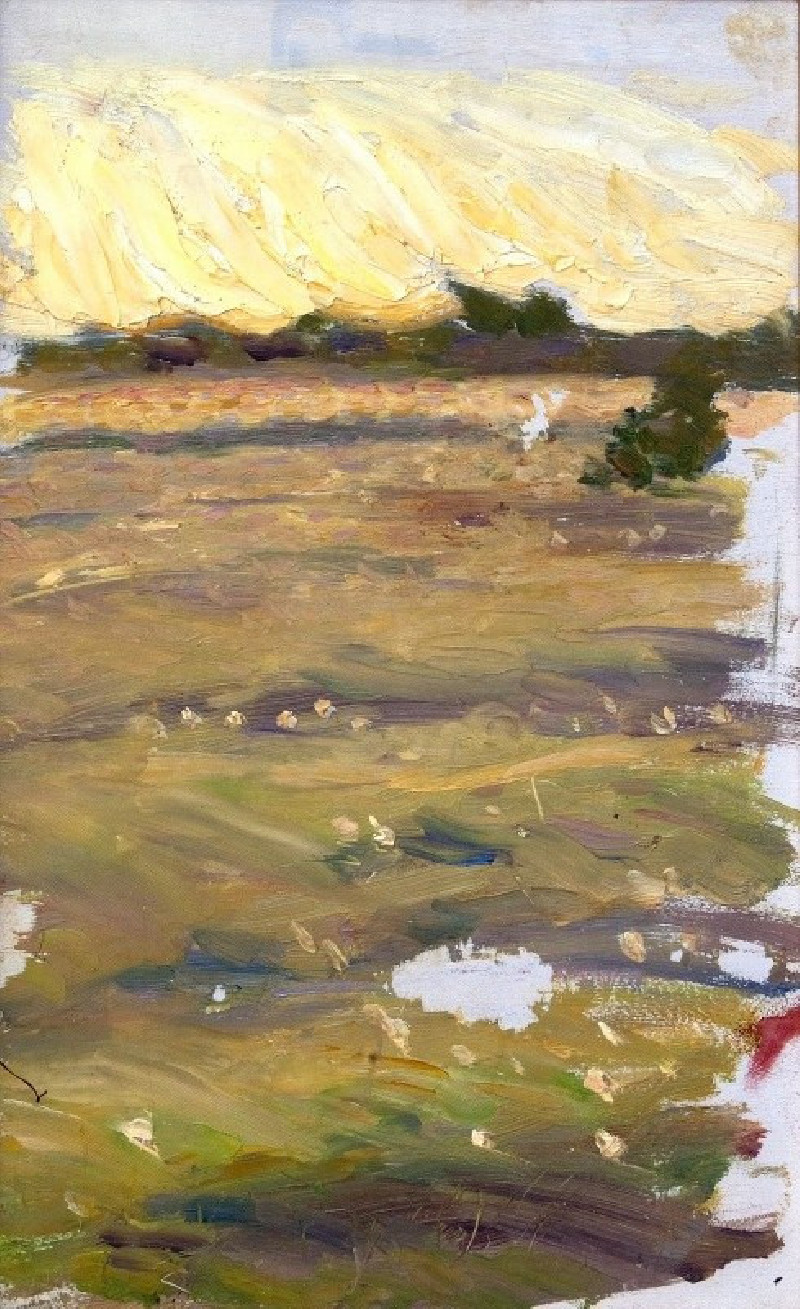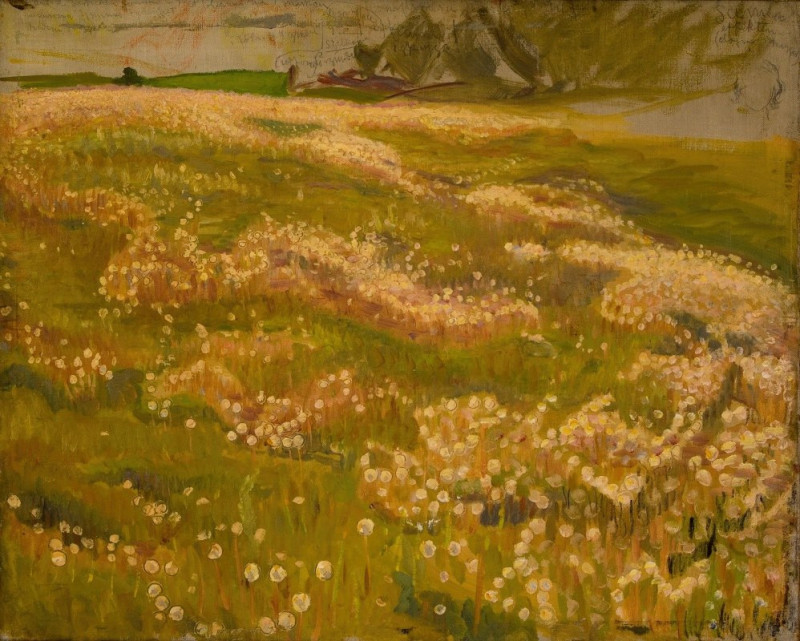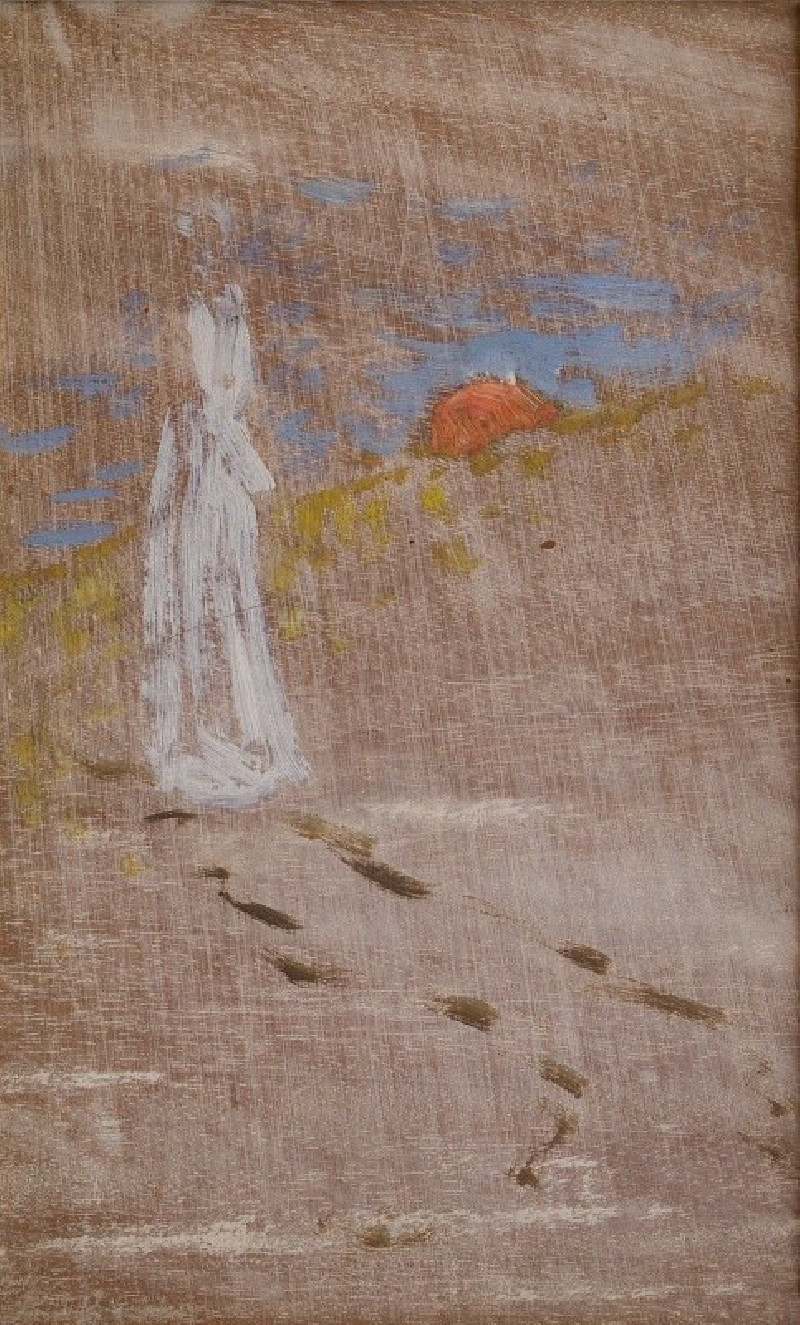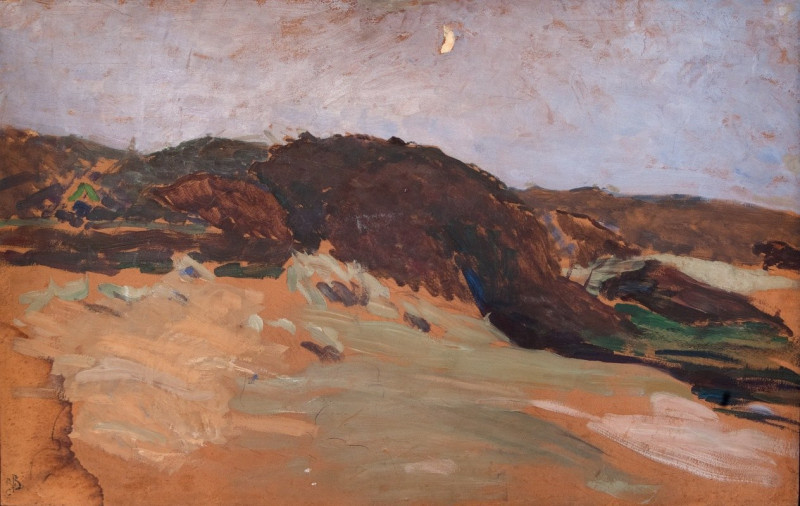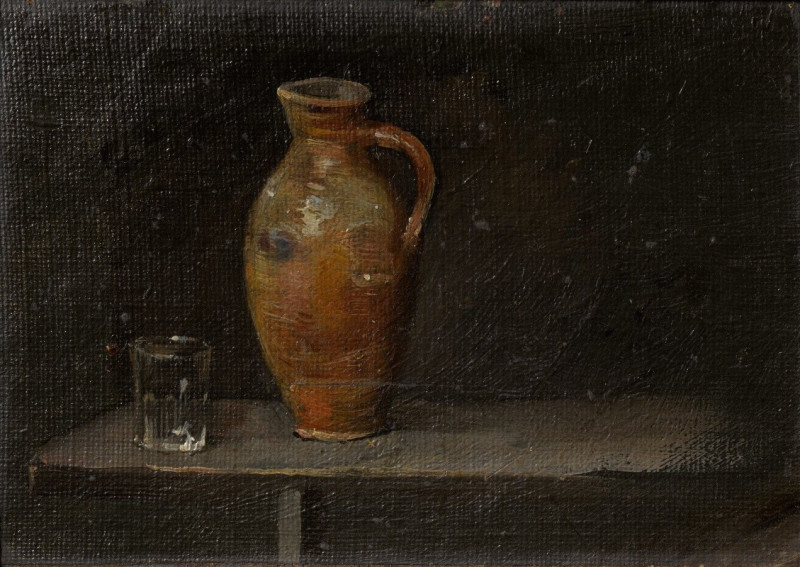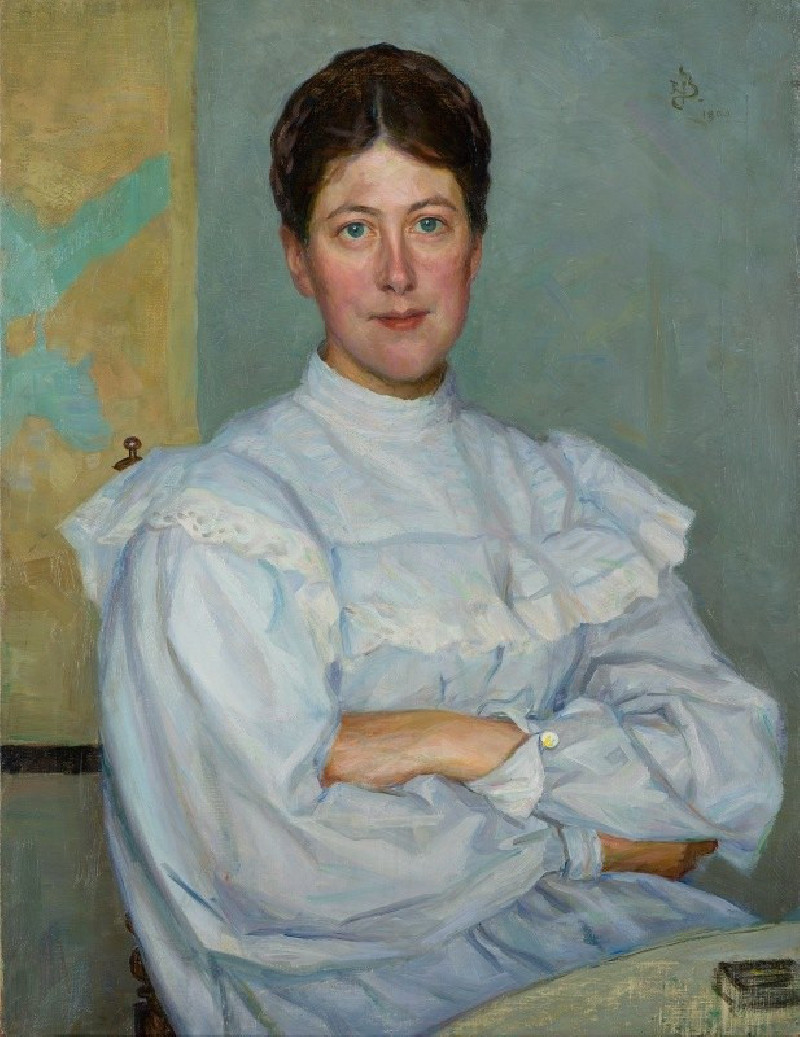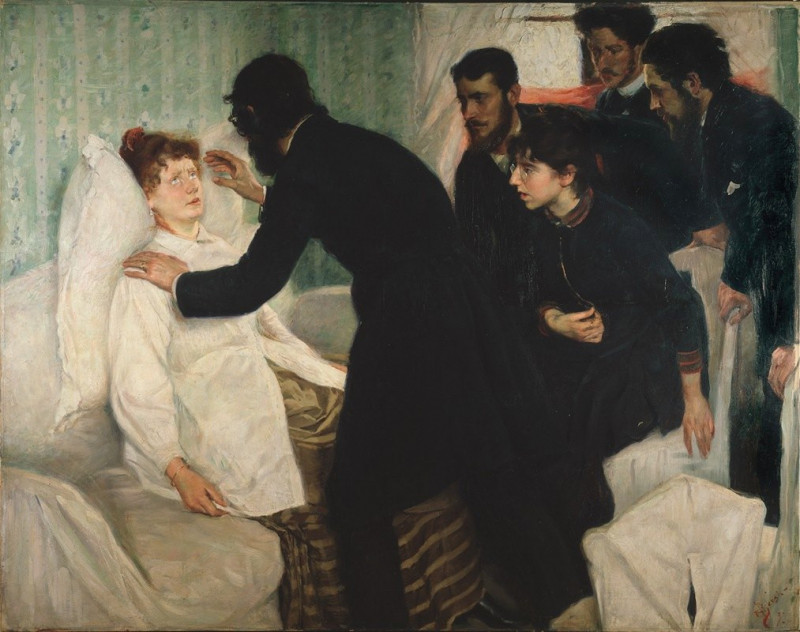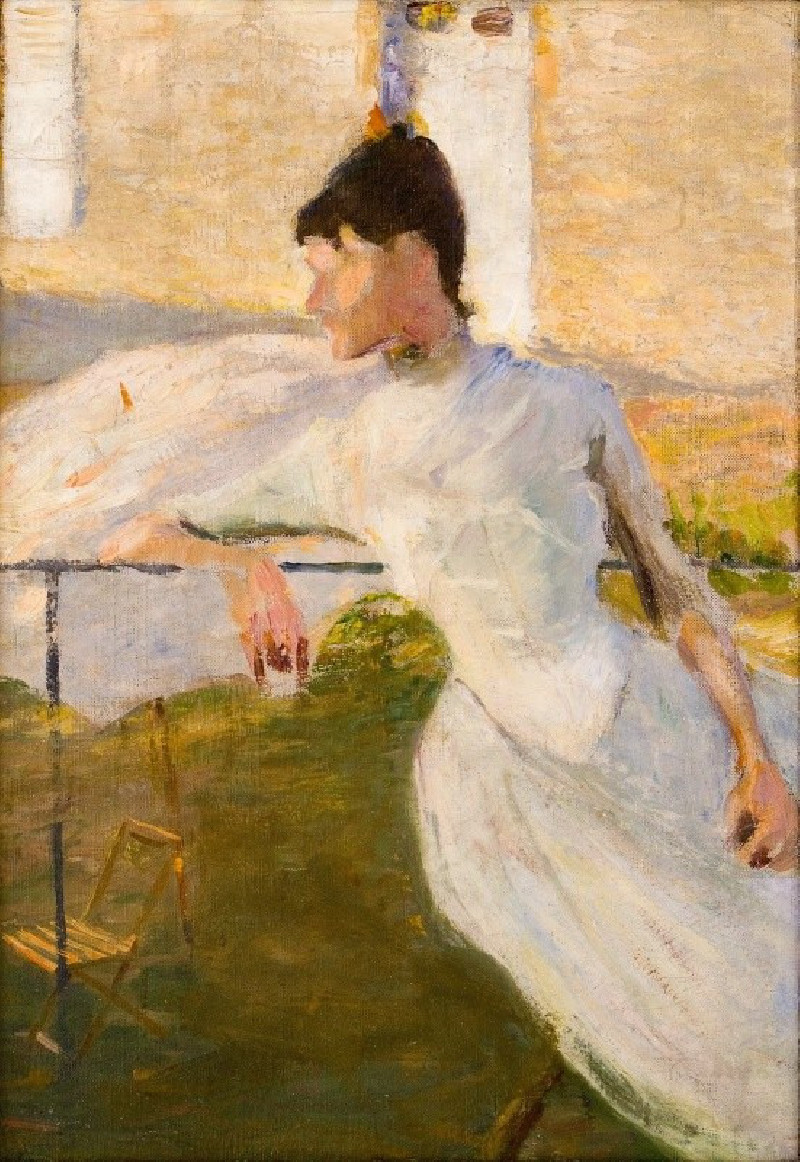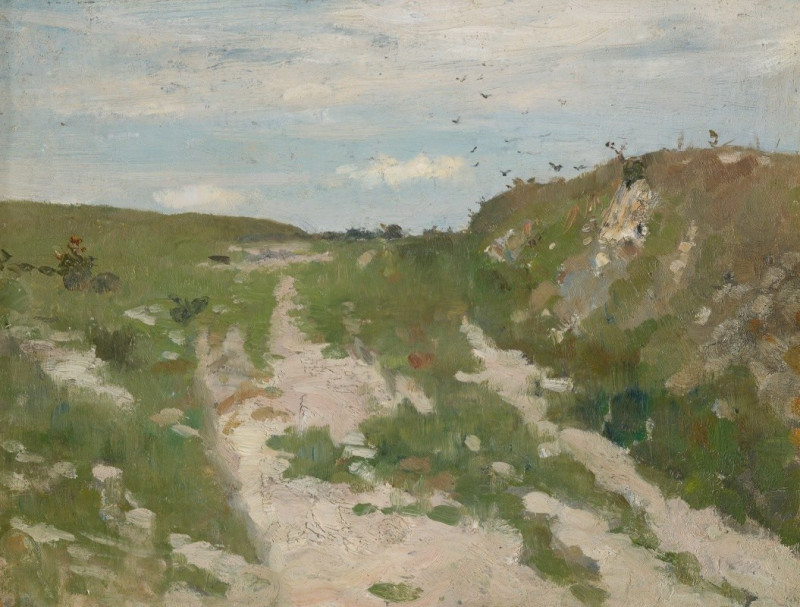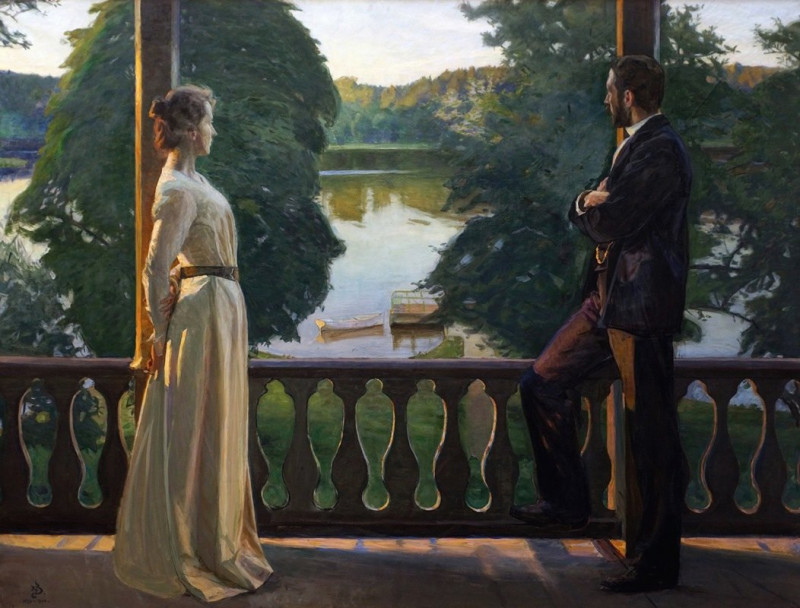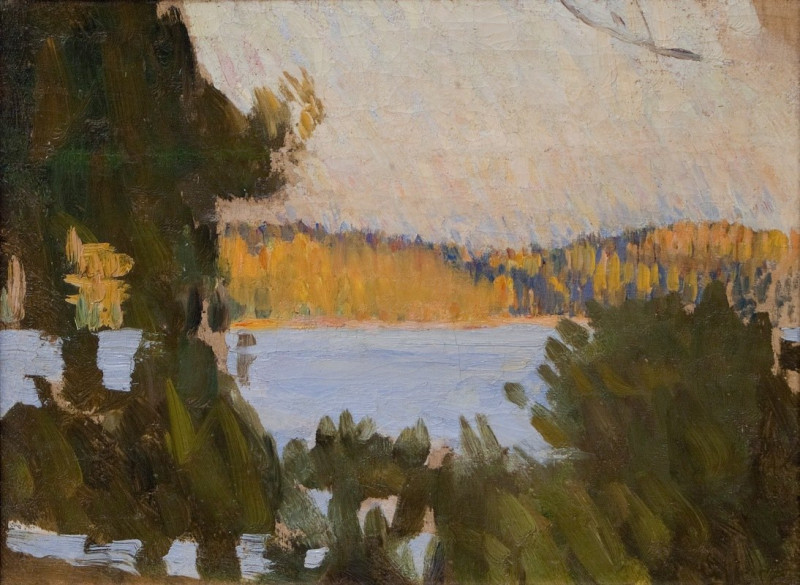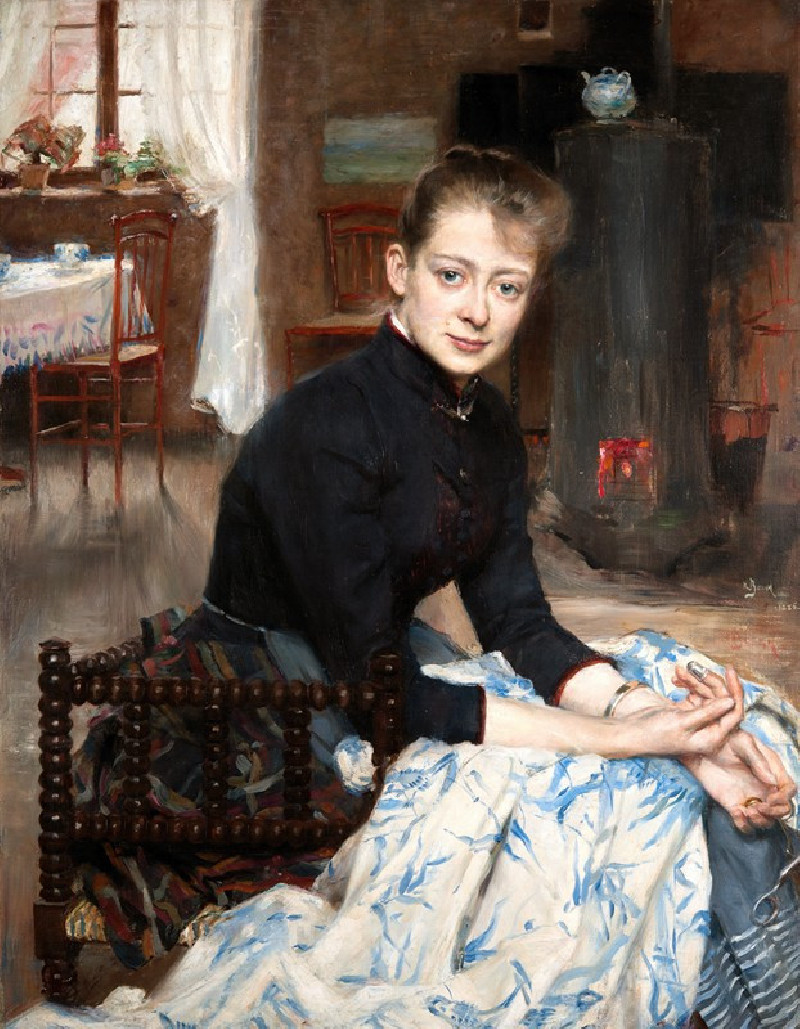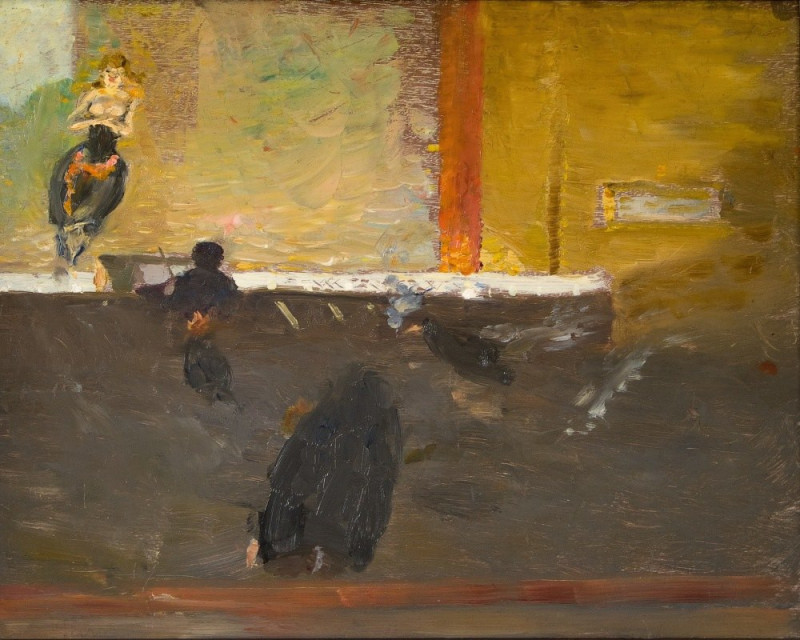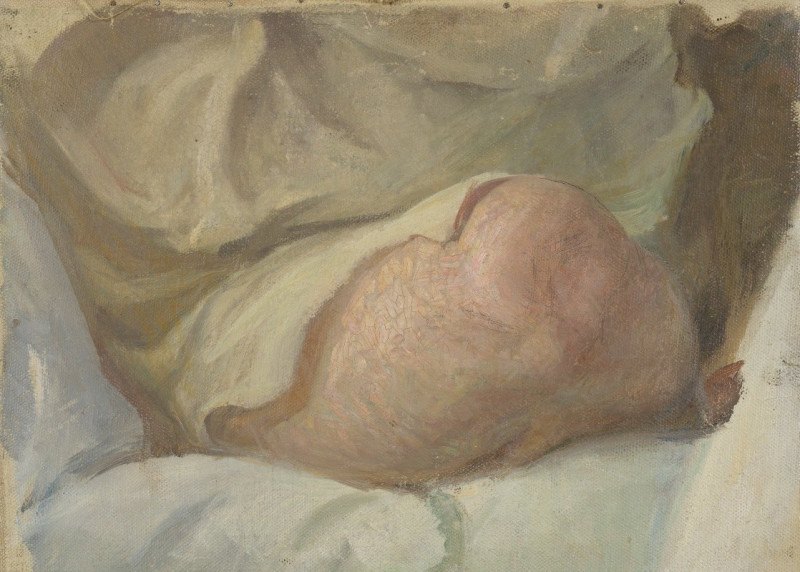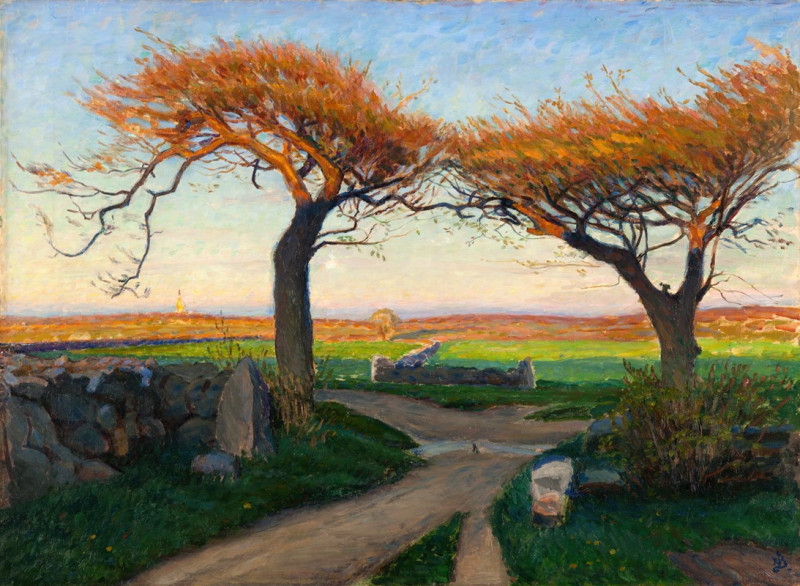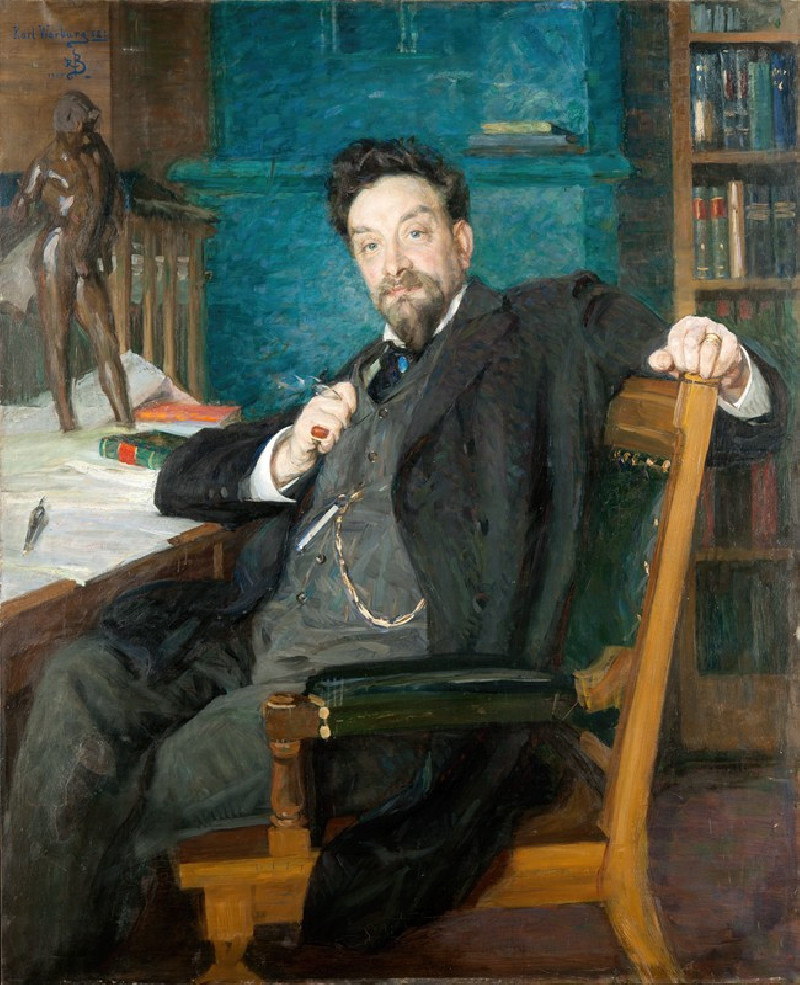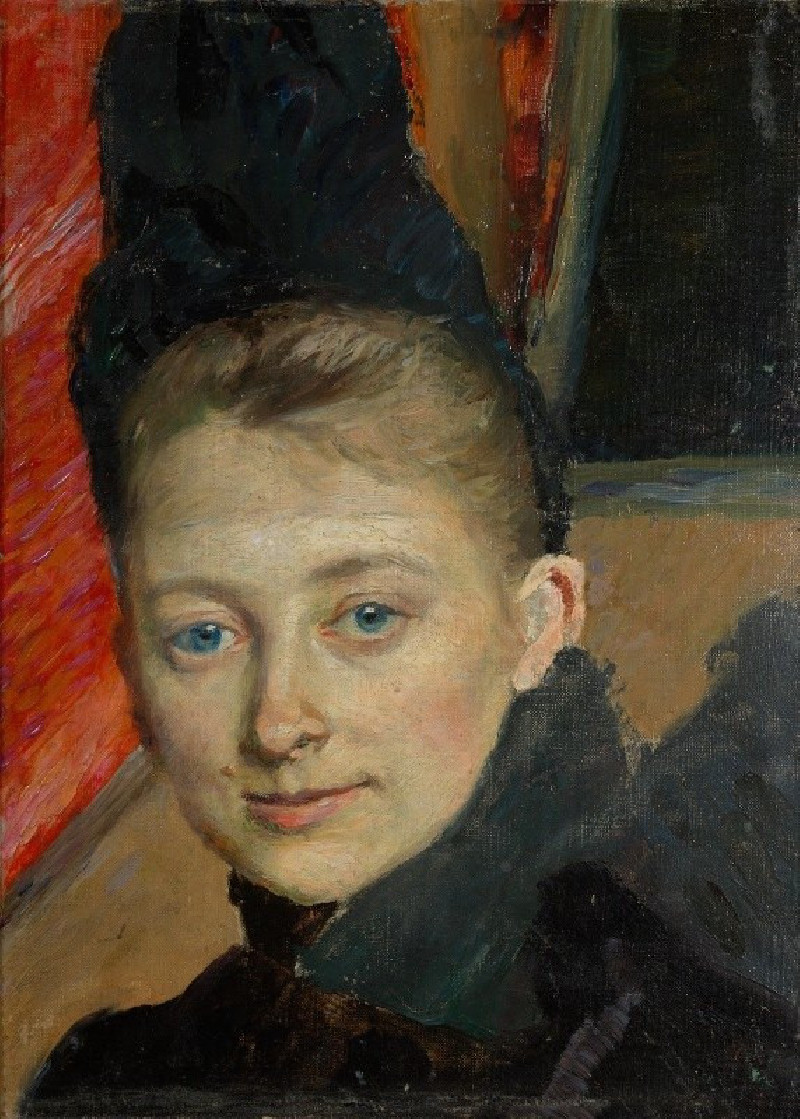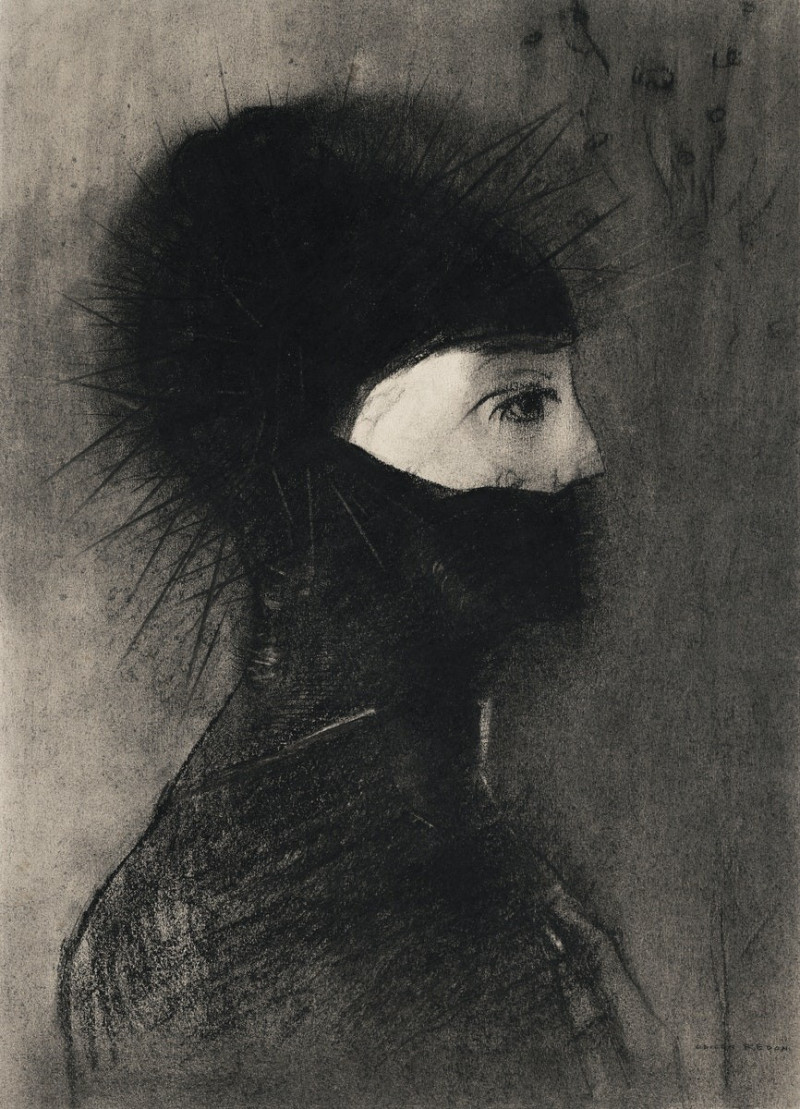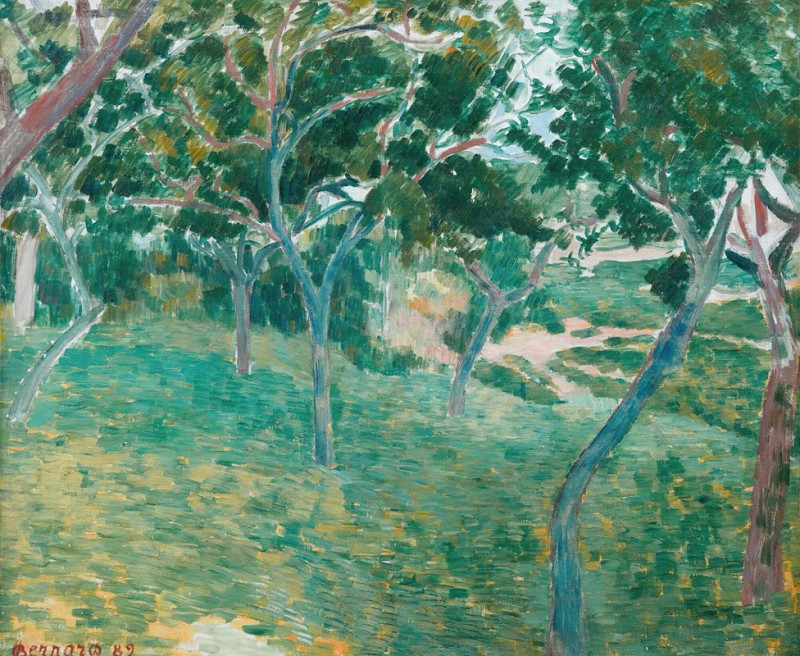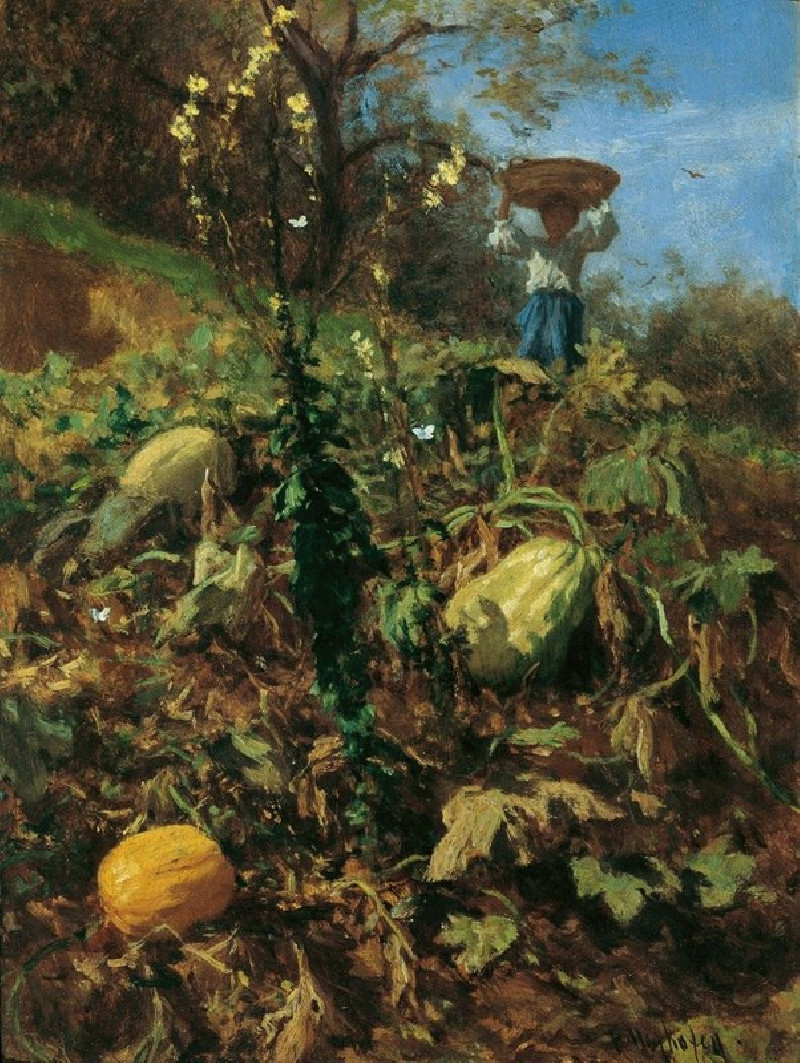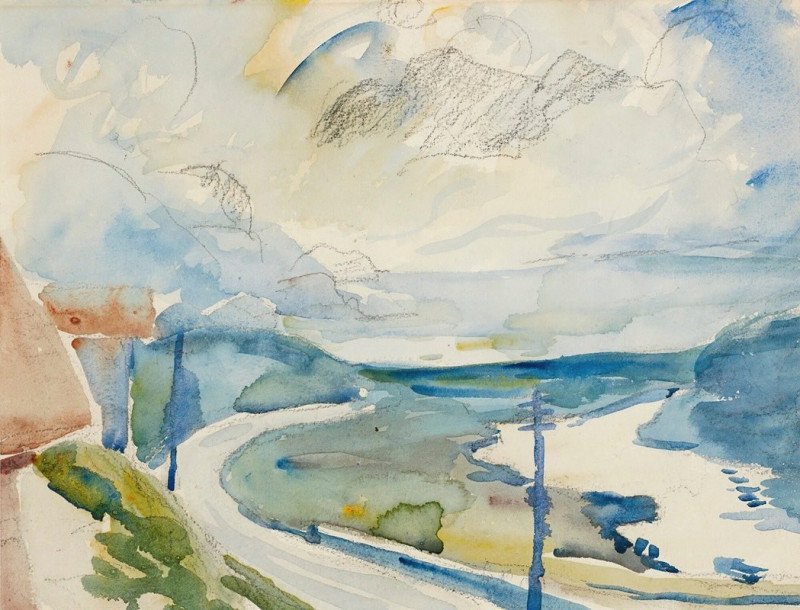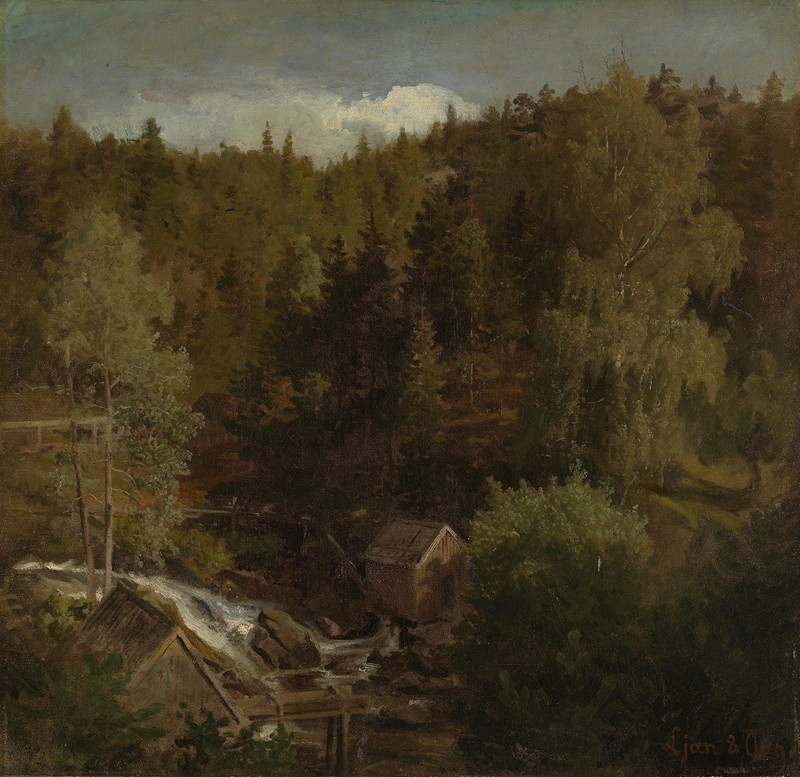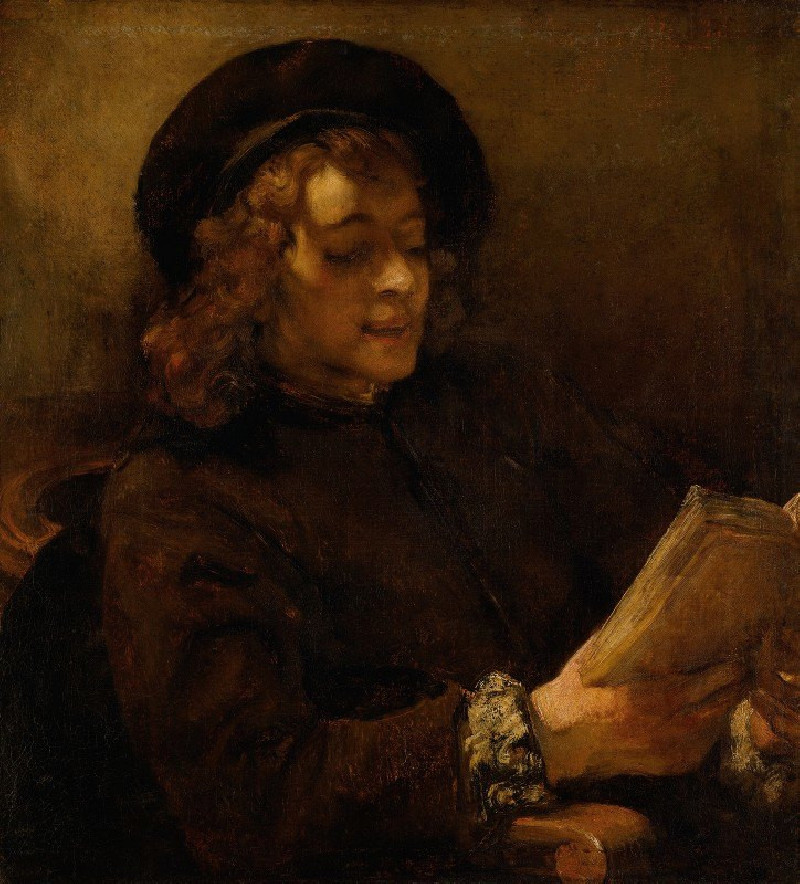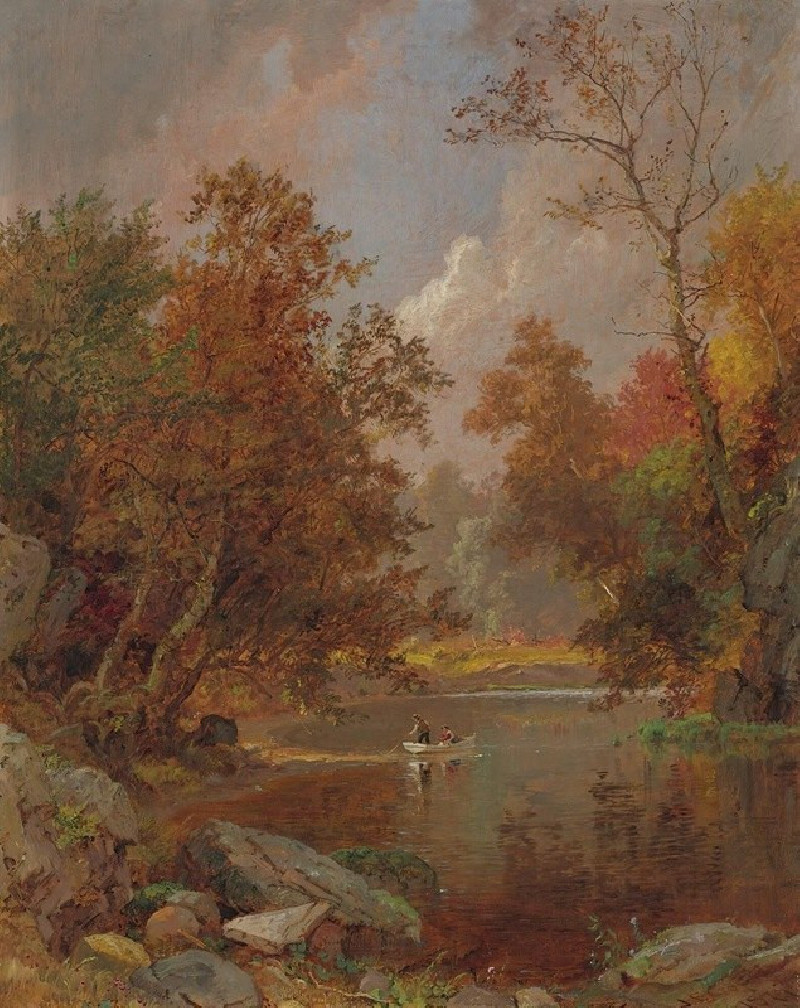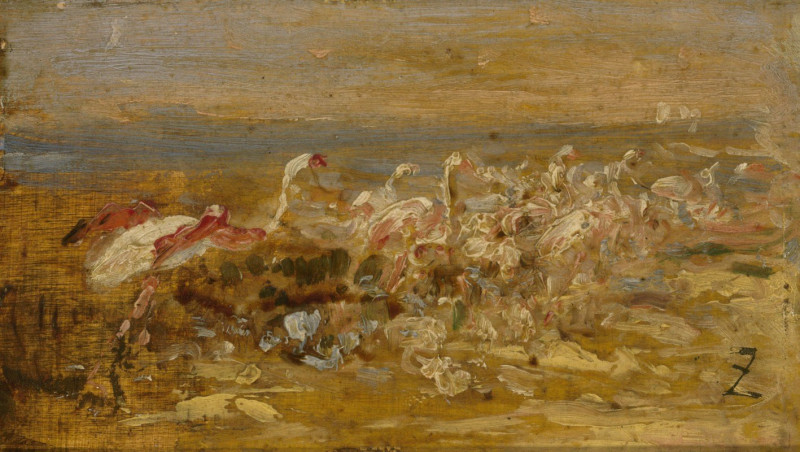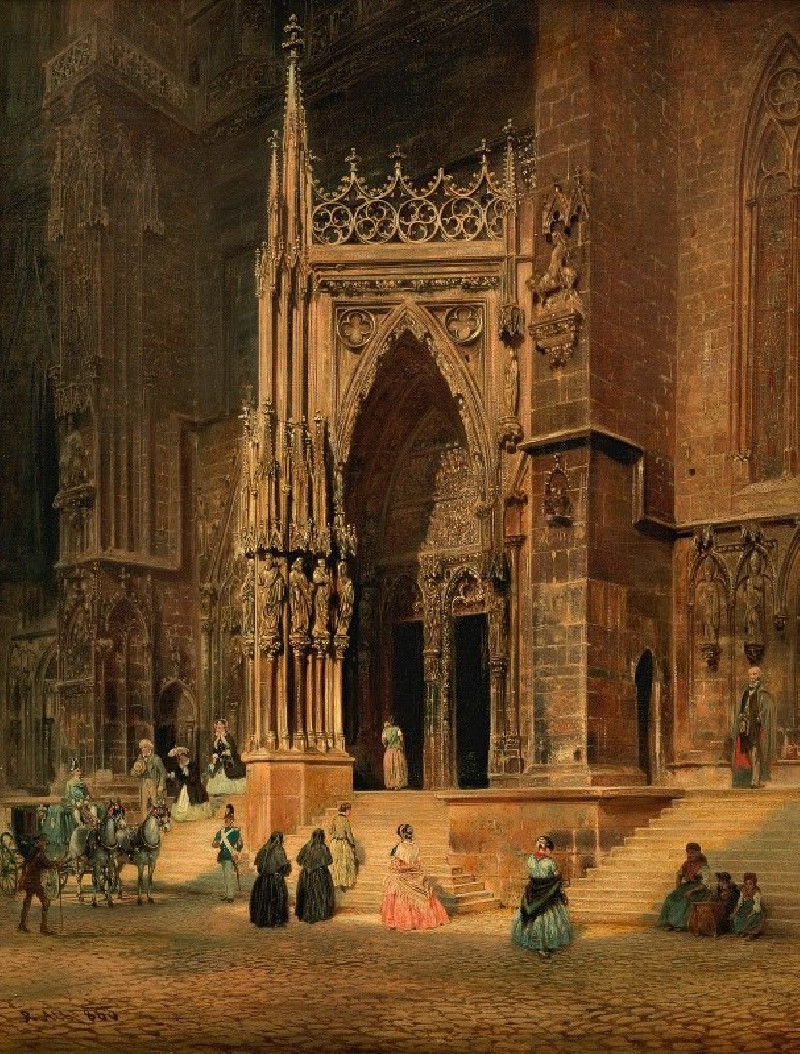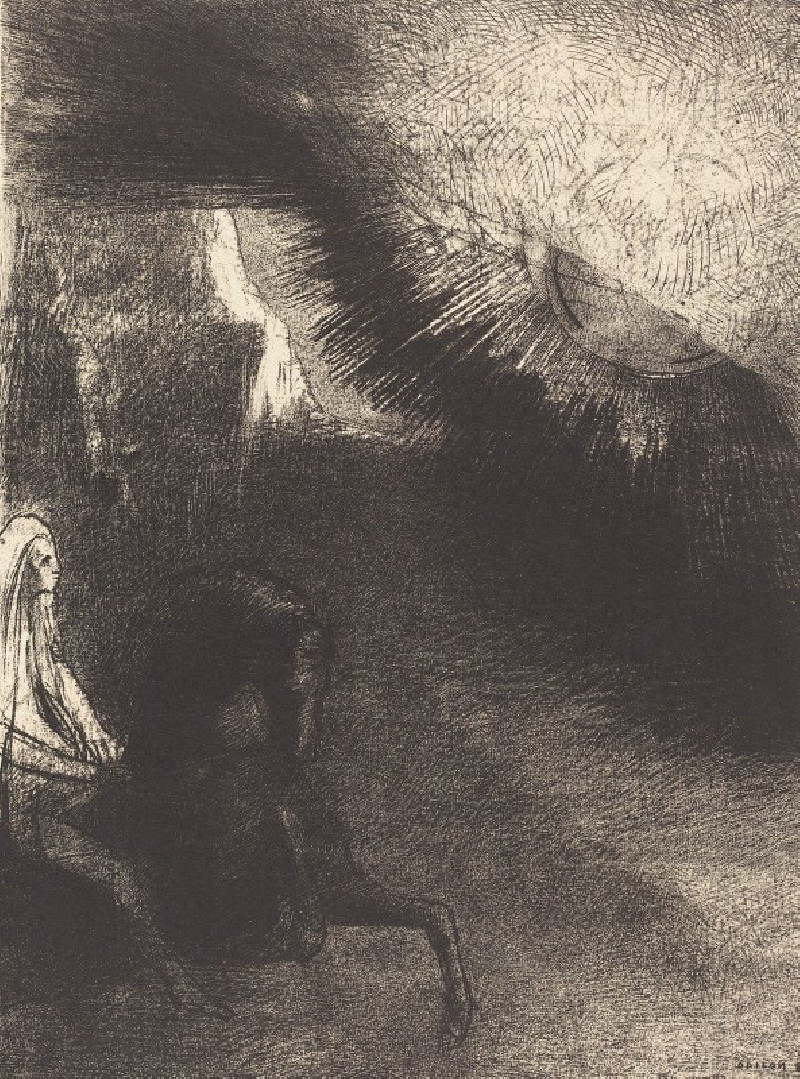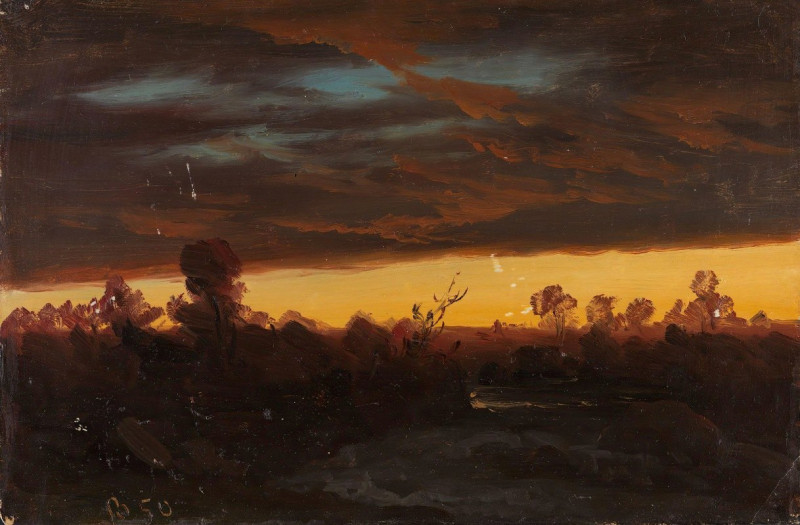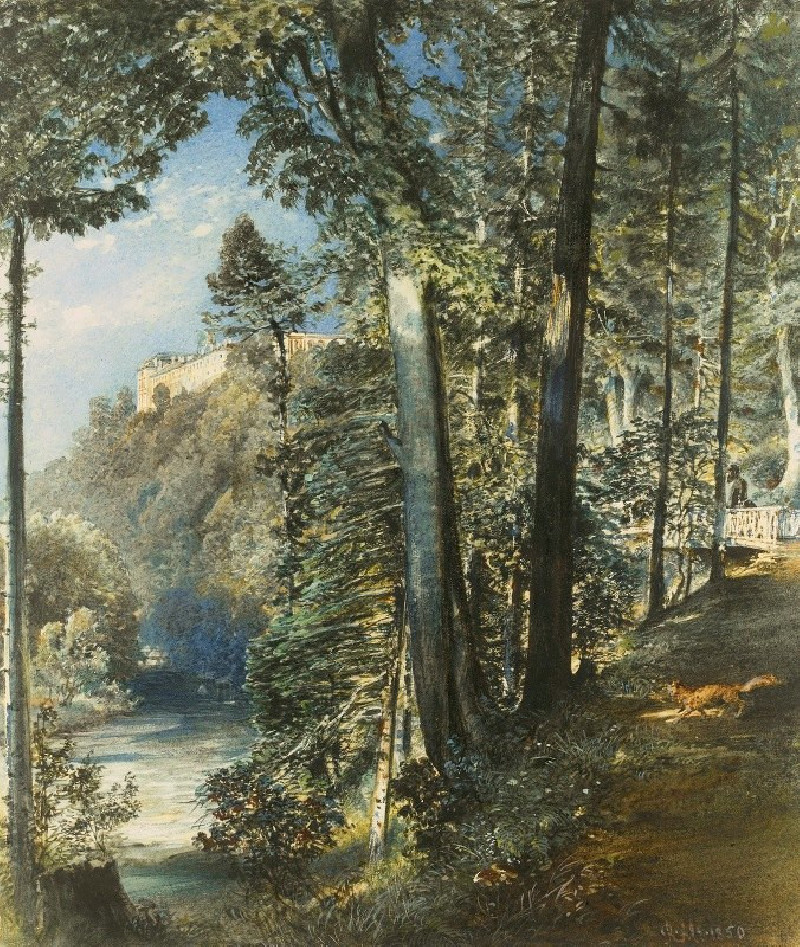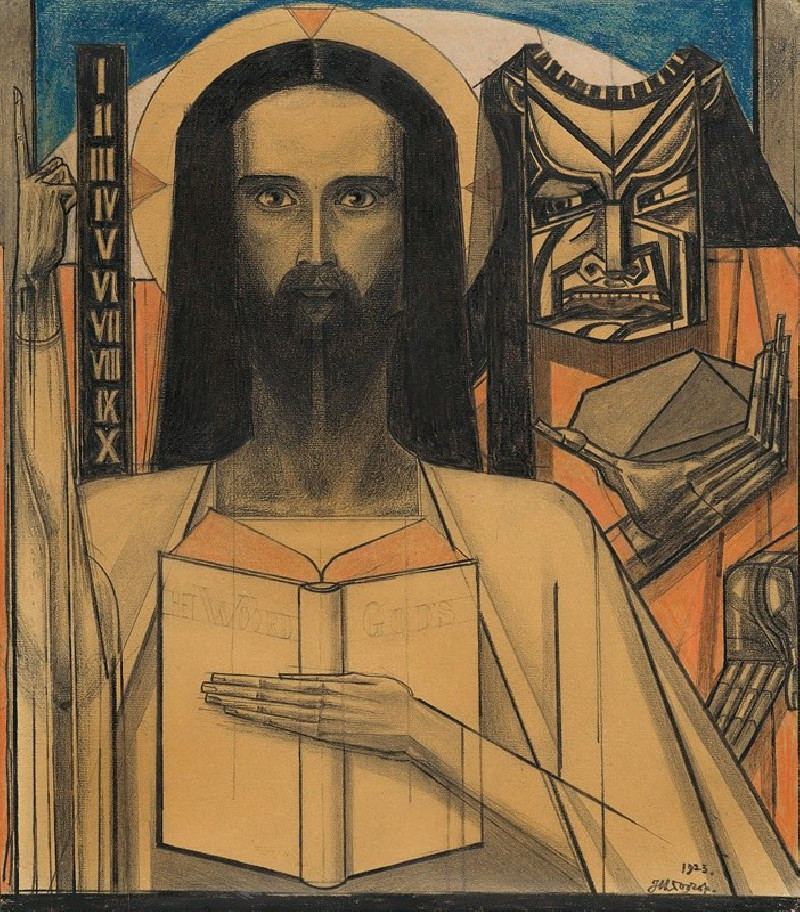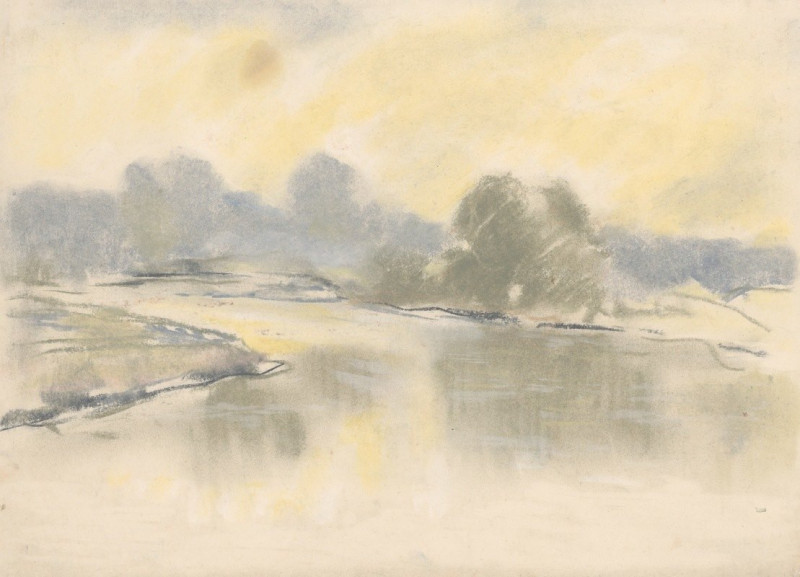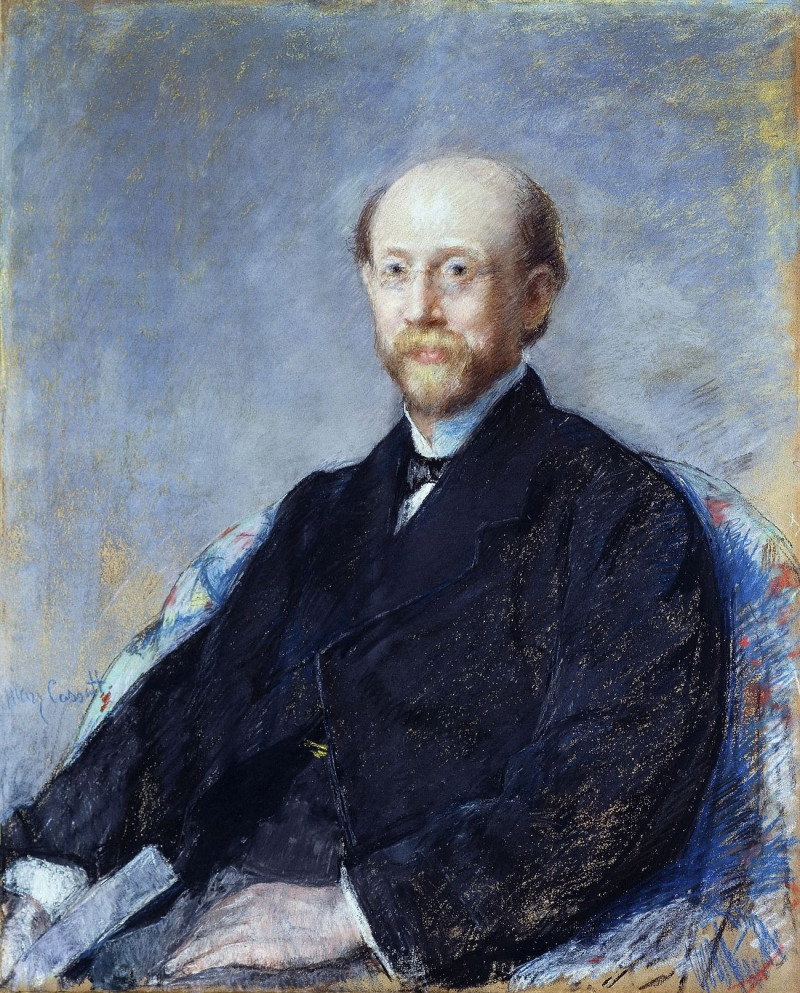Grey Sea Arild (1902)
Technique: Giclée quality print
Recommended by our customers
More about this artwork
"Grey Sea Arild" (1902), painted by the renowned Swedish artist Richard Bergh, captures a serene yet subtly dynamic seascape. This artwork presents a contemplative view of the sea at Arild, a picturesque location known for its natural beauty. The painting is characterized by its broad strokes and a soothing palette of muted grays, soft blues, and gentle earth tones that convey the tranquil yet austere nature of the sea.At the heart of this composition is a prominent rock formation, dark and stoic, which rises from the sandy beach. It anchors the scene, creating a striking contrast against the softly textured sky and the shimmering sea. The horizon is delicately defined, where the sky almost imperceptibly meets the water, suggesting the vast, open expanse of the ocean.This artwork likely aims to evoke the reflective quality of the sea, possibly reflecting the emotions or the introspective state of the artist himself. Bergh's use of light and shadow, combined with the fluidity of his brushwork, allows the viewer to sense the movement of the wind and the gentle lapping of the waves.


